Crenshaw
Filed under: Novels
About Mary Ann Cappiello
Mary Ann is a professor of language and literacy at Lesley University. A former public school language arts and humanities teacher, she is a passionate advocate for and commentator on children’s books. Mary Ann is the co-author of Teaching with Text Sets (2013) and Teaching to Complexity (2015) and Text Sets in Action: Pathways Through Content Area Literacy (Stenhouse, 2021). She has been a guest on public radio and a consultant to public television. From 2015-2018, Mary Ann was a member of the National Council of Teachers of English's Orbis Pictus Award for Outstanding Nonfiction (K-8) Committee, serving two years as chair.
ADVERTISEMENT
ADVERTISEMENT
SLJ Blog Network
At Last! Mr. Schu on The Yarn Podcast
Fuse 8 n’ Kate: Ginger Bear by Mini Grey
Team Unihorn and Woolly | This Week’s Comics
Parsing Religion in Public Schools
5 Middle Grade Books to Celebrate Planet Earth, a guest post by Kristin L. Gray
ADVERTISEMENT



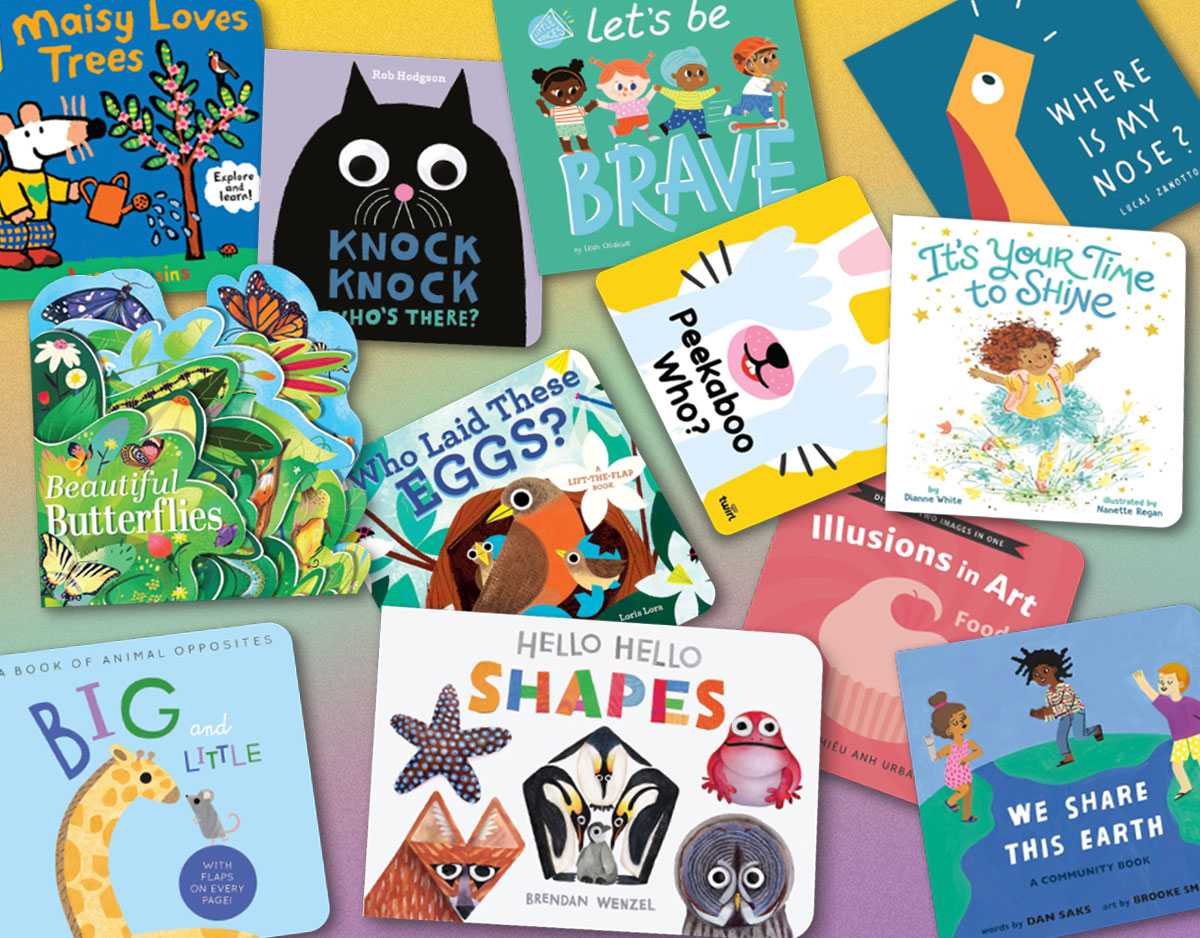
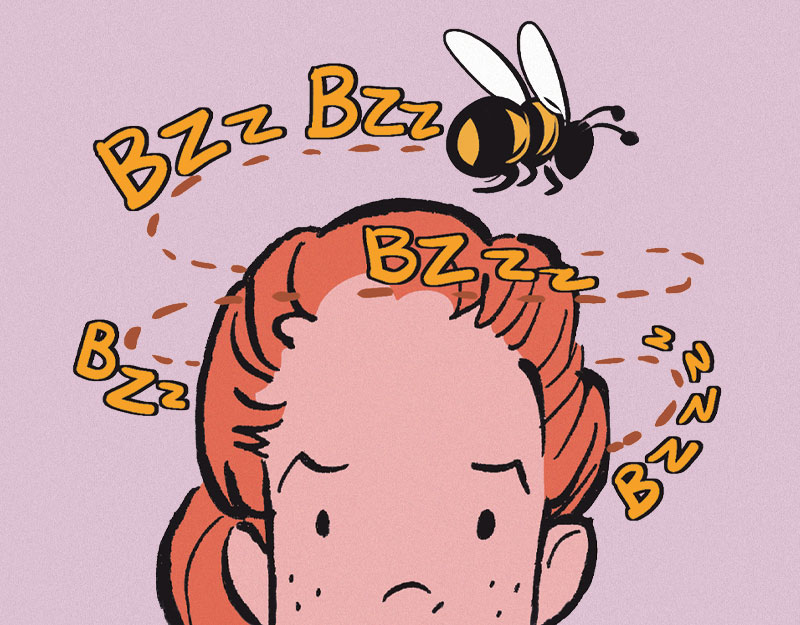
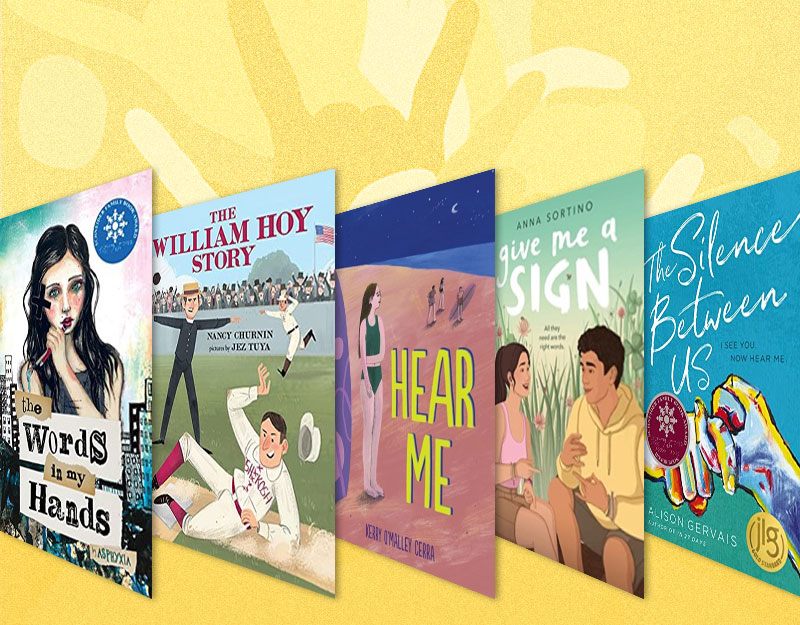
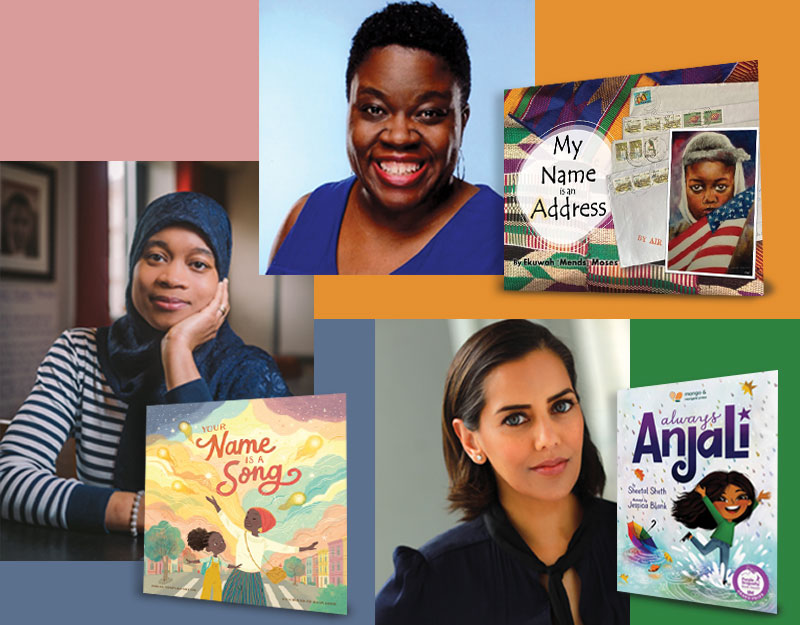
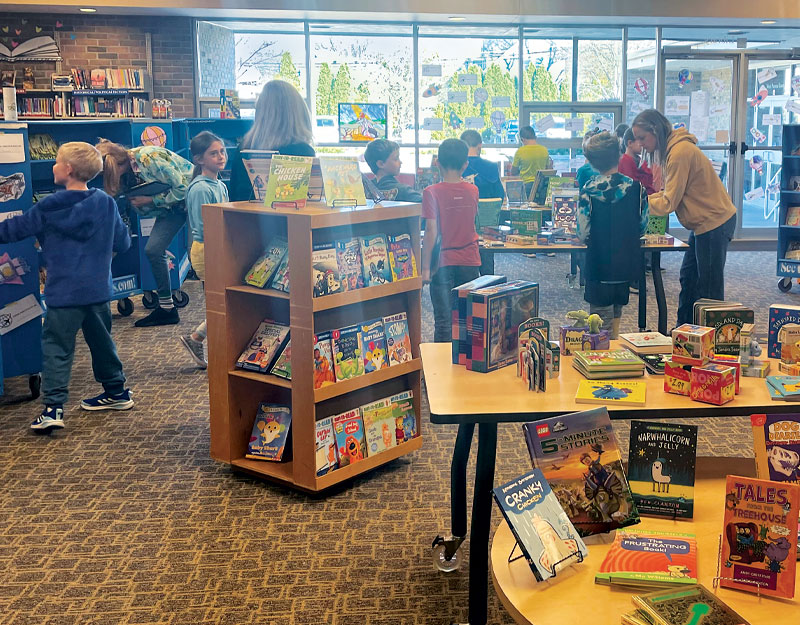
This is a book I really want to read. I just read Confessions of an Imaginary friend which is a very imaginative story written from the perspective of an imaginary friend. It might make a good pairing as well.